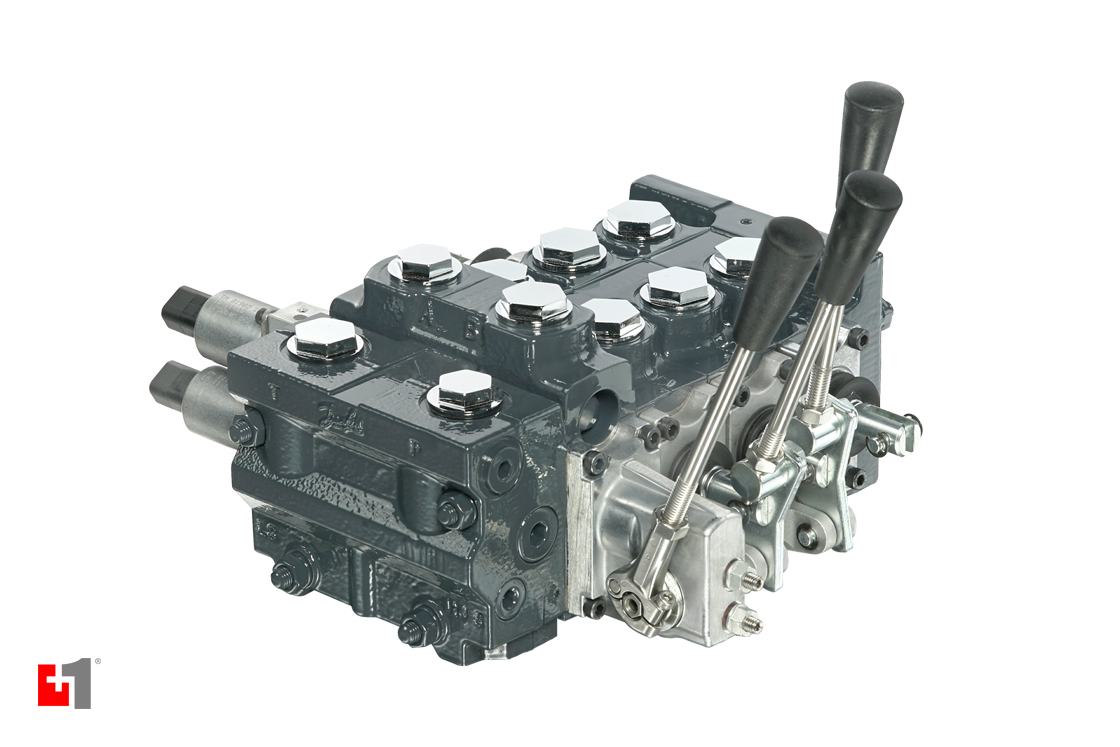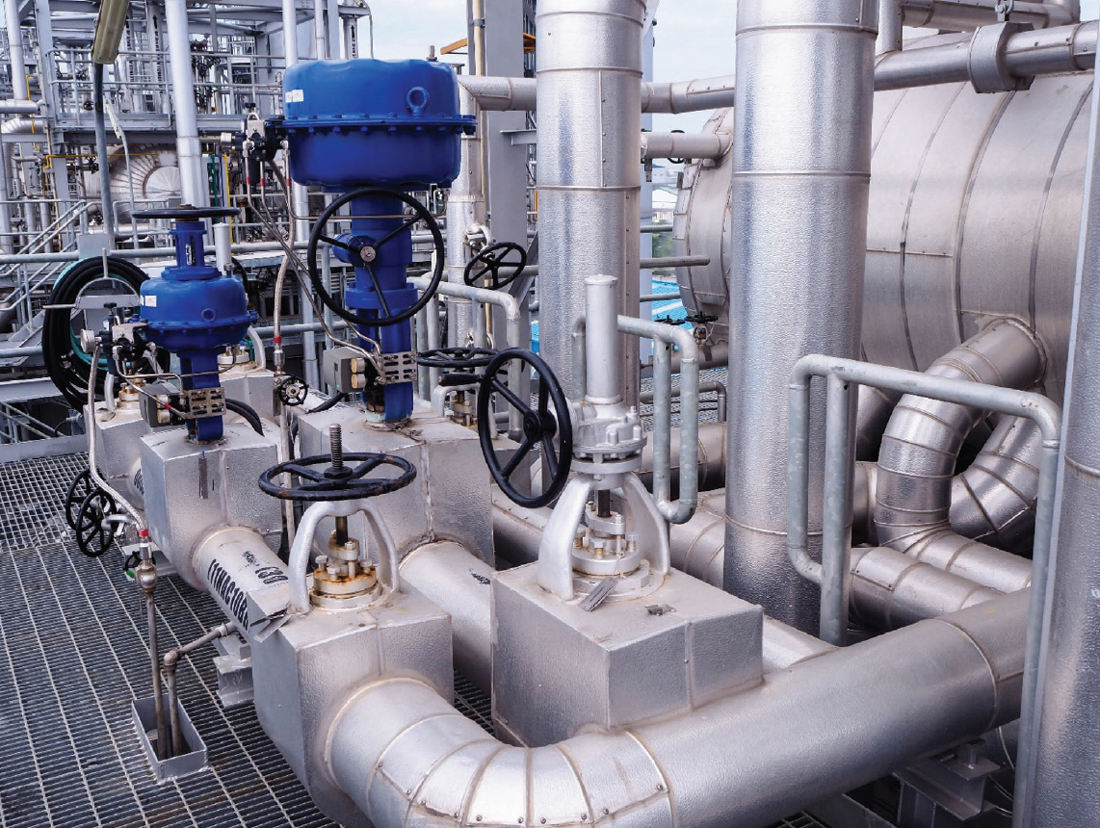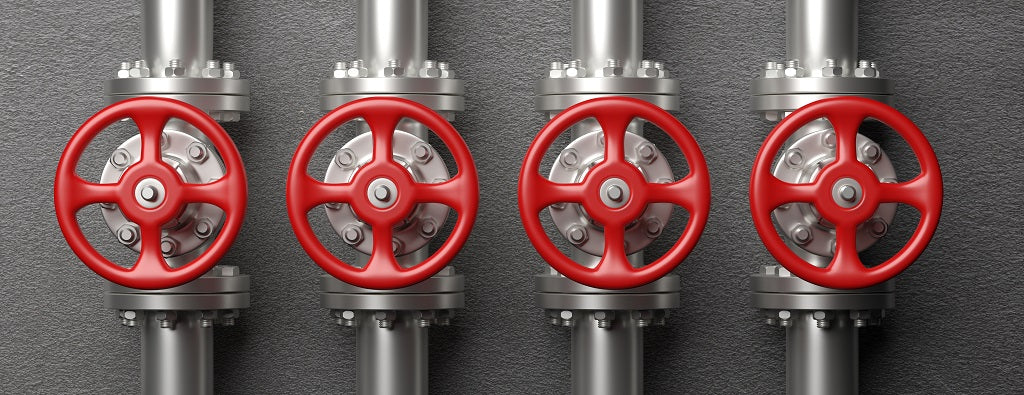Optimizing System Control with High-Performance Control Valves

Maximize Power Financial Savings and Convenience With Advanced Building Automation Controls
In the realm of contemporary style and center management, the combination of advanced building automation regulates stands as an essential advancement. By harnessing the power of automation, structures can adjust, react, and advance in ways that were as soon as unimaginable.
Power Performance Advantages
Energy efficiency benefits can dramatically decrease energy usage and operational costs in buildings. By executing energy-efficient methods and modern technologies, structure owners and operators can attain considerable cost savings while additionally adding to ecological sustainability. Among the key advantages of improving power efficiency in structures is the decrease of utility bills. Energy-efficient systems, such as innovative building automation controls, can enhance using resources like illumination, air conditioning, and heating, causing lower power expenditures over time.
In addition, improved power effectiveness can prolong the life expectancy of structure tools and systems. By running a lot more effectively, HVAC systems, lighting fixture, and other structure components experience less deterioration, leading to minimized maintenance and replacement expenses. Furthermore, energy-efficient buildings often command higher home worths and rental rates, giving long-lasting economic advantages to owners.
Moreover, power efficiency can enhance resident convenience and productivity. Correctly controlled indoor environments with ideal lighting and thermal problems create an even more conducive and enjoyable work space, bring about boosted worker satisfaction and performance. Generally, the power performance advantages connected with sophisticated building automation controls are multifaceted, including expense financial savings, ecological stewardship, and resident well-being.
Boosted Comfort Control
Enhancing convenience control in structure settings requires an innovative combination of advanced automation systems for optimal resident health. By making use of sophisticated structure automation controls, facilities can tailor the interior setting to meet the particular demands and choices of occupants. These systems make it possible for specific law of temperature, lighting, and ventilation, developing a comfy and effective ambience. Occupant satisfaction and efficiency are closely connected to thermal comfort, making it necessary to have systems in place that can adjust to altering conditions in real-time.
By including these innovative controls, structures can not just boost comfort yet additionally enhance energy efficiency by maximizing system procedures based on actual occupancy and usage patterns. Ultimately, focusing on owner convenience with sophisticated automation systems leads to an extra pleasurable and healthier interior environment.
Operational Efficiency Improvements

Additionally, the implementation of real-time tracking and analytics devices allows building drivers to determine energy inadequacies and operational abnormalities without delay. By constantly checking power use patterns and system performance metrics, modifications can be made in real-time to optimize energy intake and guarantee peak operational efficiency. control valves. In addition, integrating need action methods right into structure automation controls can better enhance operational performance by dynamically readjusting power usage based upon grid conditions and pricing signals
Indoor Climate Optimization
Reliable interior climate optimization is an essential element of structure automation controls, making certain passengers' convenience and well-being while taking full advantage of power cost savings. By utilizing sophisticated sensors and controls, developing automation systems can constantly keep track of and change temperature, moisture degrees, air top quality, and air flow to create an optimal interior environment. Maintaining comfy and regular conditions not only improves resident contentment however additionally increases efficiency and total health.
Indoor climate optimization likewise plays a vital function in energy performance. By fine-tuning air flow, cooling, and heating systems based on real-time data and occupancy patterns, developing automation controls can substantially minimize energy consumption - control valves. As an example, executing strategies such as demand-controlled ventilation and thermal zoning can aid lessen power waste while making certain that each location of the building obtains the needed conditioning.

Sustainable Atmosphere Development
Building automation controls not only optimize interior climate conditions for power effectiveness and occupant convenience yet also lay the foundation for creating a lasting setting via strategic management of resources and systems. By incorporating advanced building automation technologies, such as sensing units, actuators, and intelligent software program, centers can monitor and readjust power usage in real-time to reduce waste and reduce their carbon impact. These systems enable anticipating maintenance, determining potential issues prior to they intensify and enhancing devices performance to enhance long life and efficiency.
Furthermore, lasting setting production expands past energy administration to incorporate water conservation, waste reduction, and interior air quality enhancement. Structure automation controls can manage water usage, spot leaks, and guarantee correct garbage disposal techniques, contributing to total sustainability efforts. Furthermore, by keeping an eye on and controlling ventilation and filtering systems, these innovations boost occupant health and productivity i loved this while decreasing energy consumption related to cooling and heating operations.
Final Thought
Finally, progressed structure automation controls deal significant benefits in terms of energy financial savings, comfort control, functional efficiency, indoor environment optimization, and creating a sustainable atmosphere. By implementing these controls, structures can accomplish optimal efficiency while reducing power consumption and boosting owner convenience. It appears that the usage of innovative automation modern technology is vital in boosting structure performance and producing a more sustainable future.
Energy effectiveness advantages can substantially minimize power intake and functional prices in structures. Generally, the power efficiency advantages linked with advanced building automation controls are complex, including price savings, environmental stewardship, and passenger wellness.
Furthermore, integrating need response strategies right into building automation controls can better boost operational performance useful site by dynamically changing power usage based on grid problems and rates signals.
Structure automation manages not only maximize indoor environment problems for power efficiency and passenger convenience however additionally lay the foundation for producing a sustainable atmosphere via critical management of systems and sources.In final thought, progressed structure automation manages deal significant benefits in terms of power savings, comfort control, functional effectiveness, interior environment optimization, and producing a sustainable atmosphere.